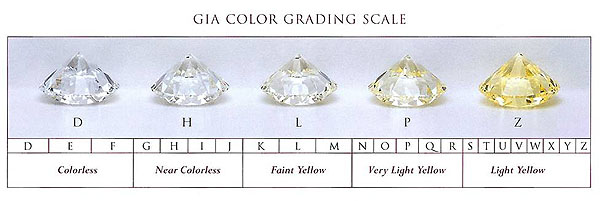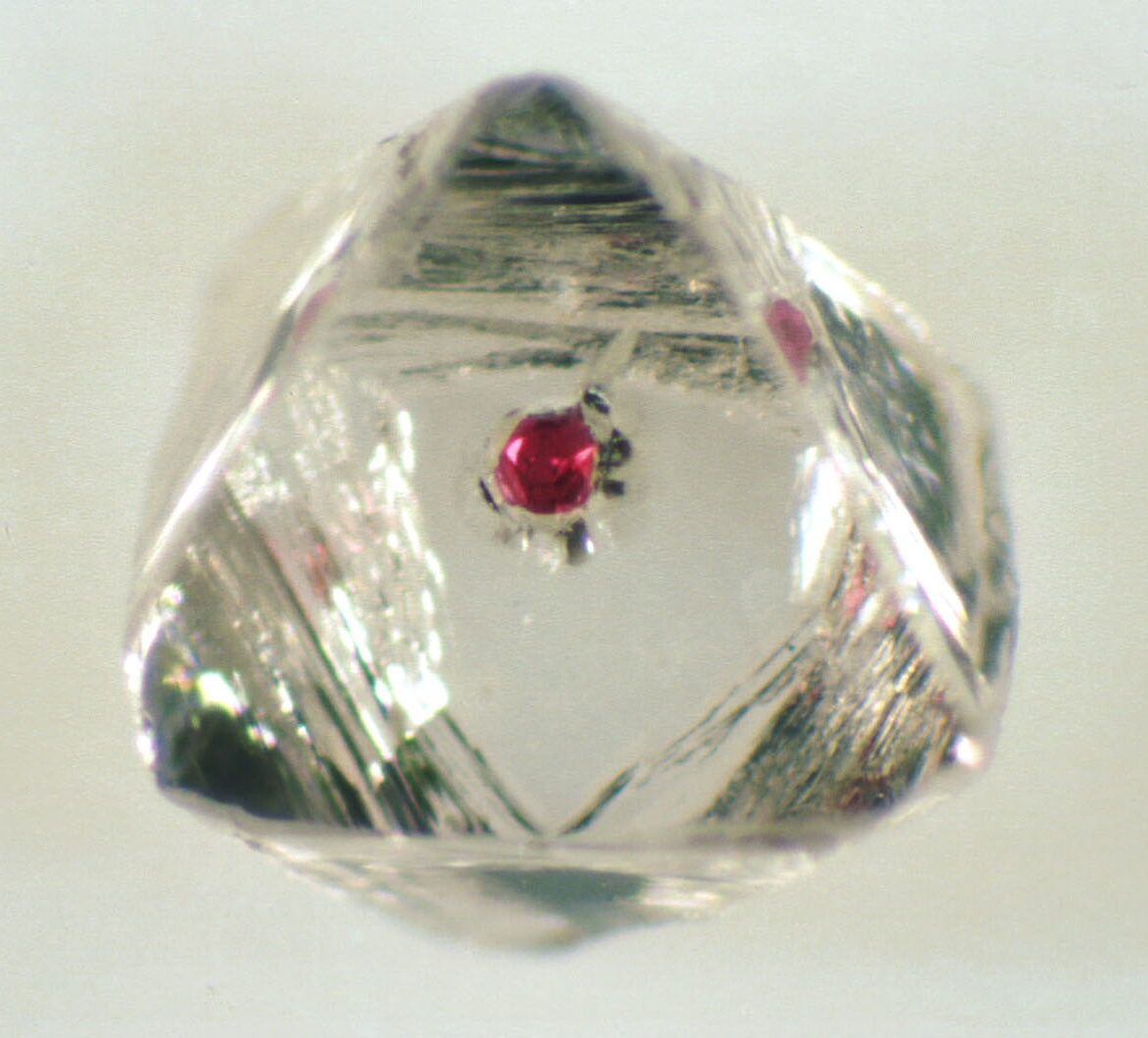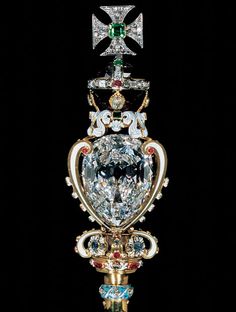Discovering Gemstones - April Edition
Diamond, the quintessential gemstone, is the birthstone for those born in April. The name diamond comes from the word adamant meaning “unbreakable”, likely in reference to its exceptional hardness. Diamond is the hardest known mineral and represents the number ten on the Mohs hardness scale (which ranges from one to ten).
Diamond is a form of elemental carbon but, despite what many people believe, they are not formed from coal. The formation of diamonds begins deep within the earth at a depth known as the diamond stability zone, located at a depth of around 150 kilometres. They are brought to surface by the volcanic activity that forms kimberlite and lamproite pipes. These pipes erupt at surface to form what are known as diatremes, carrot shaped formations of igneous rocks mixed in with chunks of the neighbouring rock (breccia) and, occasionally, diamonds.
When determining the quality and value of a diamond, jewelers will use what is known as the 4Cs:
- Colour
- Cut
- Clarity
- Carat

Impurities of nitrogen give diamonds a yellow hue; the Gemological institute of America (GIA) grades the colour of white diamonds using the scale above.
Colour
Colour is measured on a scale from D to Z with D representing a colourless diamond and with diamonds becoming more yellow in hue as they approach Z. Diamonds that don’t fit into this scale are called fancies and can range in colour from yellow to blue, purple, pink, red and even green. These colours are a result of impurities, distortion of the crystal structure, and natural radiation.
Yellow - Nitrogen impurities
Blue - Boron impurities
Purple - Distortion of the crystal structure and Hydrogen impurities
Pink and Red - Distortion of the crystal structure
Green - Exposure to natural radiation
Cut
Cut refers to the way the diamond has been faceted to bring out the best of the diamond’s interactions with light. These interactions include brightness, fire, or how the diamond divides white light into different colours of the rainbow, and scintillation, or how the diamond scatters light. The cut can make or break a diamond’s value
All five of these diamonds are cut in the same style however the quality of their cut changes their appearance.

This diamond contains a garnet inclusion (red). photo credit: Stephen H. Richardson, University of Cape Town
Clarity
Clarity represents the amount of visible inclusions of other minerals in the diamond and ranges from flawless to imperfect or heavily included. These inclusions are formed when a diamond crystallizes around other minerals.
Carat
Last but not least there is carat. This is the weight of the diamond, where 1 metric carat is equal to 200 milligrams.
The largest diamond ever found was the named the Cullinan diamond after the town and mine of the same name in South Africa where it was found. The 3106.75 carat diamond was discovered in 1905 and it was gifted to the British royal family. The Cullinan diamond was then cut into 9 major and 96 smaller diamonds. The two largest diamonds, named the Great Star of Africa (530.4 carats) and the Second Star of Africa (317.4 carats), are part of the British crown jewels set in the Sovereign’s Sceptre with Cross and the Imperial State Crown respectively.

The Great Star of Africa is set into the a sceptre belonging to the Crown Jewels of the United Kingdom



